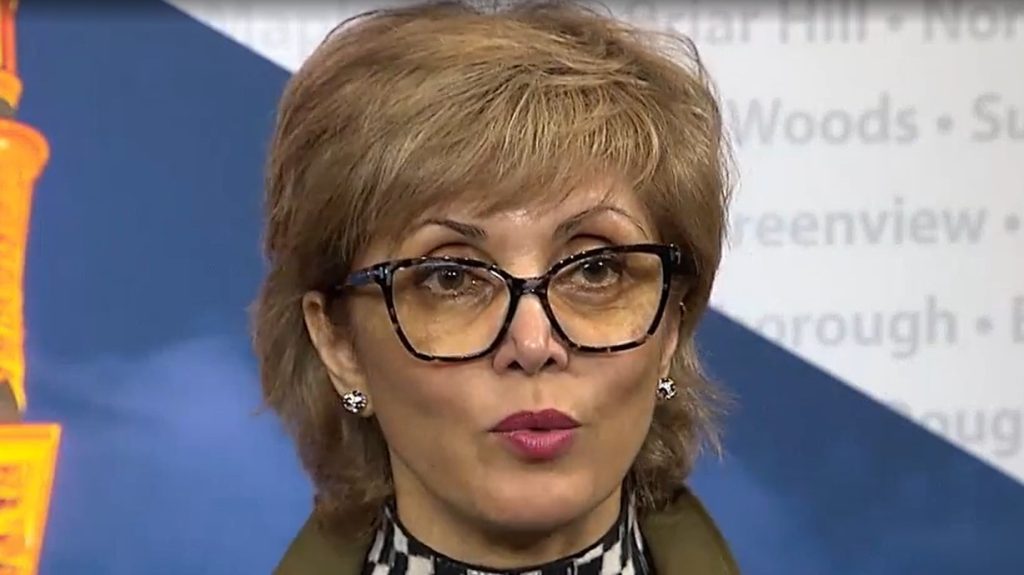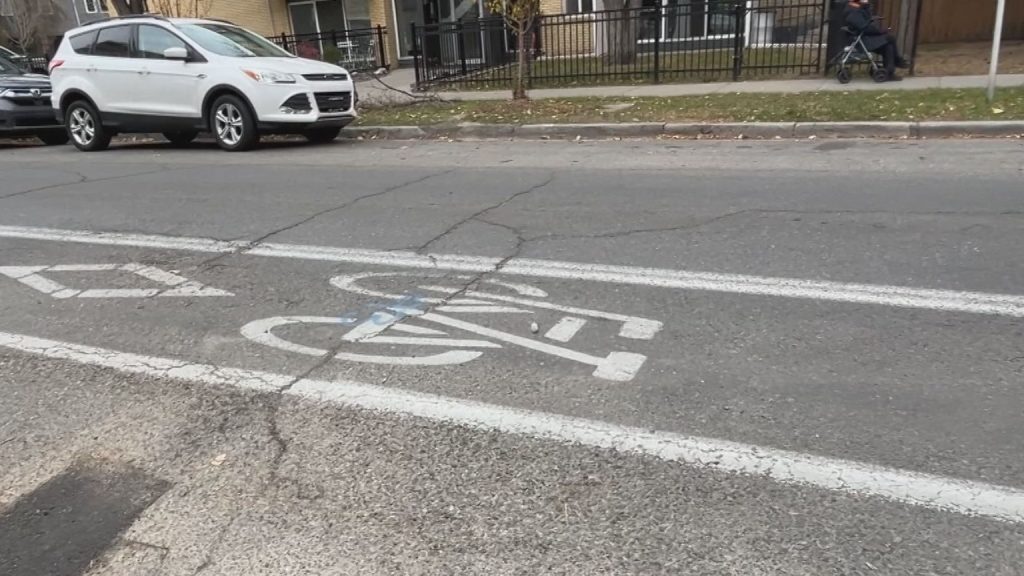‘We need to do a lot better’: Gondek apologizes for communication amid water shortage

Posted Jun 9, 2024 12:55 pm.
Last Updated Jun 9, 2024 5:03 pm.
As Calgary Mayor Jyoti Gondek continues to ask Calgarians to reduce their water use, she apologized for the city’s communications around the water crisis.
The update Sunday morning at City Hall saw Gondek not only apologize, but say the city is going to step up its communications, with several additions that include daily news conferences, infographics, and clear timelines.
“I’m sorry, that information has been slow to come and that it’s been confusing at times. It’s been a stressful situation for everyone involved. And I have heard your concerns,” she told reporters.
“Going forward, we will do a much better job of explaining what’s happened, the expected timeline to get back to normal and what we need from you in the way of water conservation. And that starts now.”
She says there will be daily news conferences at 8:30 a.m. and 2 p.m. every day until this is resolved, and says the city is going to have visuals and graphics that showcase what the situation actually looks like.
“In a nutshell, we need to do a lot better for Calgarians,” Gondek said.
Watch: Repairs to Calgary water main break to take at least a week
She says she talked with two representatives from the Bowness Community Association, who shared concerns about communication, including how those in the area didn’t understand that the water wagons contained safe water, let alone information on how to find them.
She also says they told her the city needs to “communicate in plain language and in other languages for people in the community who might not be fluent in English.”
Gondek says she can’t pinpoint where the communication broke down, but says it’s getting better, and spoke to the city’s chief administrator officer, David Duckworth, once it was apparent the message wasn’t clear.
“What I can tell you is that as I’ve been observing the information that is not getting out there, and finding out things a little bit too late, I have made calls to David Duckworth and said this has to get better,” Gondek said.
“So can I tell you exactly what the breakdown is? No. Can I tell you that it’s getting better? Absolutely. And that started today.”
Meanwhile, she thanked Calgarians for their efforts in reducing water use, but said it’s important for Calgarians to understand the severity of the situation.
“[Calgarians] took up the challenge and they reduced their water use, and I have to say this again: There’s still people out there that think this is some sort of a joke. They think it’s a conspiracy theory. It is not,” she said.
“If we don’t practice water conservation. We will run out of water, not because it doesn’t exist at the treatment plant. We can’t get it from there to the reservoirs until this piece of infrastructure is fixed.”
She also says the city will be putting up a frequently asked questions section on the website, and she went through some comments the city has received.
When asked if she should have told Calgarians to brace for a longer wait, she says she didn’t have the information to make that call.
“Could I have braced us for a long repair? Absolutely, I could have, and perhaps I should have. I simply didn’t have the information until [crews] could see the amount of damage, until [crews] could clear away the water and get down into the ground and understand what that looked like,” she said.
“We couldn’t give you a firm answer. And yes, I could have said settle in for a few days.”
Questions about maintenance on the feedermain, quality of the pipe, and infrastructure

Another question that has come up from Calgarians is the maintenance work that was done on the feedermain in April, along with questions on how maintenance work is conducted.
“I can tell you that there are routine field checks on valve chambers, and these are checks that are performed by city crews, and we also use special sensors in these types of pipes because sound lets us know if the pipe is stressed … it gives us signs of early issues that we might have,” Gondek said.
“We installed special sensors on the pipe — the ones that listen for sound — in April. They tell us about the condition of the pipe and whether we need repairs. We also replaced air valves. Now, these valves are used to release air that’s trapped in the pipe. So that’s the kind of maintenance work that was done.
“I can also tell you that the valves we replaced in the maintenance that we did was closer to the Bearspaw facility and it was not where the failure happened in Bowness.”
The feedermain was built in 1975 out of concrete, wire and steel. Calgary’s water distribution manager Chris Hudson explained Saturday that pipes can last up to 100 years and that there are pipes in the city’s infrastructure that are from 1910 “still in good shape.”
“A lot of people wanted to know, can we cover this? Over the past six years, we’ve invested nearly $300 million to maintain and repair pipes throughout the network. The age and condition of other feeder mains and other pipes, we can tell you that 98 per cent of Calgary’s feeder mains, which are the critical pipes in our distribution system are in good or very good condition,” Gondek said.
“This piece of infrastructure was also verified to be in good condition. And those are the types of targets that we have set for our systems. I can also tell you that in our country, Calgary is a leader in terms of the least number of water main breaks. So that’s some of the information that you have been asking for.”
Watch: Calgarians face third day of water restrictions
When asked about redundancies in the system in an event such as the one affecting the Bearspaw South Feedermain, she says there is a system in place, but an improvement could be done with “significant investment.”
“We still have a system of pipes underground, and we are relying on the south Glenmore Water Treatment Facility to help push water up. So the redundancy is built into the system because there are various different pipes that are moving water around,” Gondek said.
“Our issue is just that this was the biggest feedermain. So the redundancy is there. And could we be looking at more redundancy? Absolutely. But that would require a significant investment.”
Where is clean drinking water coming from?
Water is coming from the Glenmore Water Treatment Plant through a series of pipes, pushing water to 23 reservoirs to “make sure the city has the water it needs.”
“But you got to remember the Glenmore Water Treatment Plant is also supplying water for the other 40 per cent of the city. And all of this is happening underground. So it doesn’t feel real. It’s not something that you can see,” she said.
“So I want you to imagine if you will if a portion of Deerfoot gets shut down, that would impact the entire city, you couldn’t move along that major artery. This is a similar situation. This feedermain break affects the whole city and surrounding municipalities who rely on us for water because we do not have the means to get the water that’s at the Bearspaw Treatment Plant out into those reservoirs.
“That’s why the situation is affecting all of us.”
After Calgarians came together to reduce their water consumption, taking pressure off the Glenmore Water Treatment Plant, Gondek continues to ask residents to reduce their water use.
“Please don’t stop now. Please keep at it,” she said.
The Glenmore Water Treatment Plant produces around 520 million litres of water. Wednesday’s demand was around 650 million litres, which dropped to 520 million litres, and around 484 million litres on Friday.
She says the unverified number for Saturday is 440 million litres. The average water consumption of a Calgarian is 173 litres per day or the equivalent of two full bathtubs.








